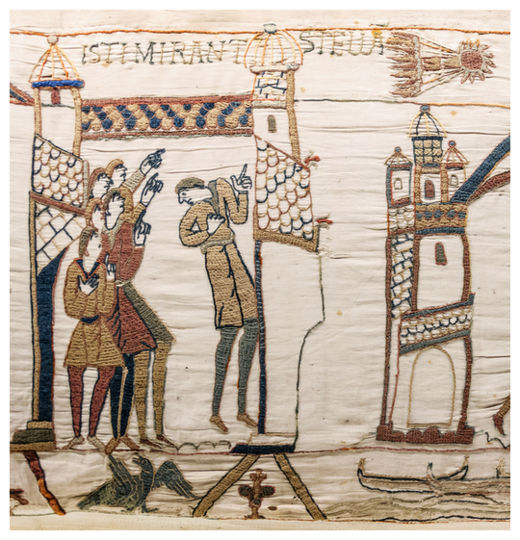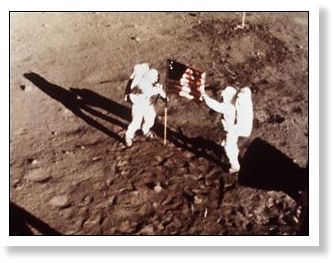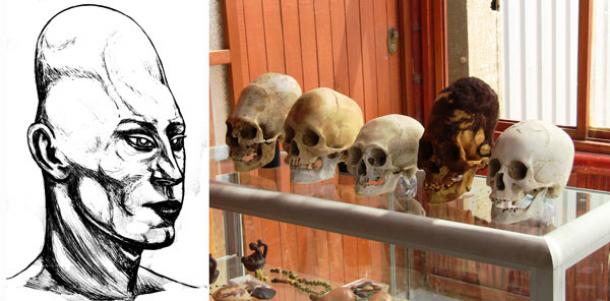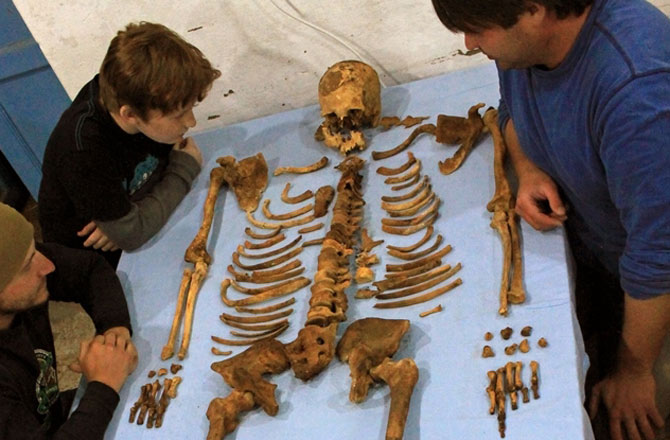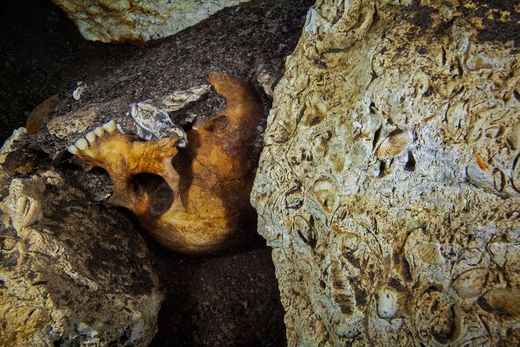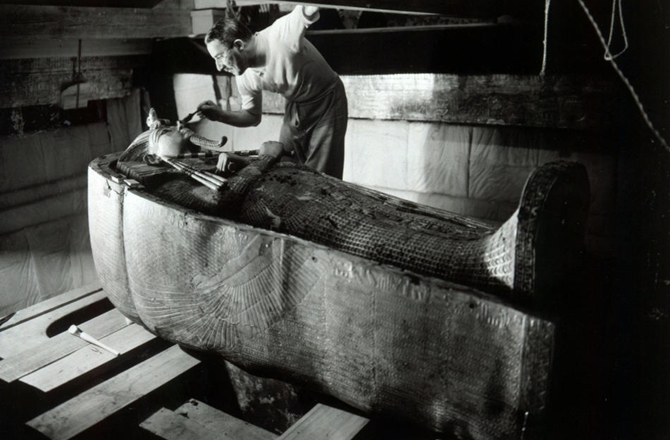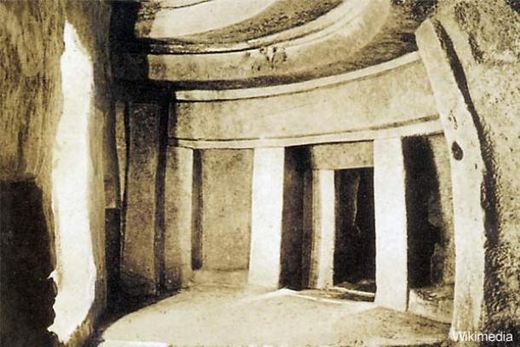
An international team of scientists is about to descend on Malta's Hypogeum of Hal Saflieni, a UNESCO World Heritage Site which is believed to be the oldest prehistoric underground temple in the world. The subterranean structure is shrouded in mystery, from the discovery of elongated skulls to stories of paranormal phenomena. But the characteristic that is attracting experts from around the globe is the unique acoustic properties found within the underground chambers of the Hypogeum.
Hal Saflieni Hypogeum is a cultural property of exceptional prehistoric value, dating back approximately 5,000 years and the only known example of a subterranean structure of the Bronze Age. The 'labyrinth', as it is often called, consists of a series of elliptical chambers and alveoli of varying importance across three levels, to which access is gained by different corridors. The principal rooms distinguish themselves by their domed vaulting and by the elaborate structure of false bays inspired by the doorways and windows of contemporary terrestrial constructions.
Although not known for certain, it is believed that the hypogeum was originally used as a sanctuary, possibly for an oracle. It is for this reason that a unique chamber carved out of solid limestone and demonstrating incredible acoustic properties has been called 'the Oracle Chamber'. According to William Arthur Griffiths, who wrote 'Malta and its Recently Discovered Prehistoric Temples', a word spoken in the Oracle room is "magnified a hundredfold and is audible throughout the entire structure. The effect upon the credulous can be imagined when the oracle spoke and the words came thundering forth through the dark and mysterious place with terrifying impressiveness."
